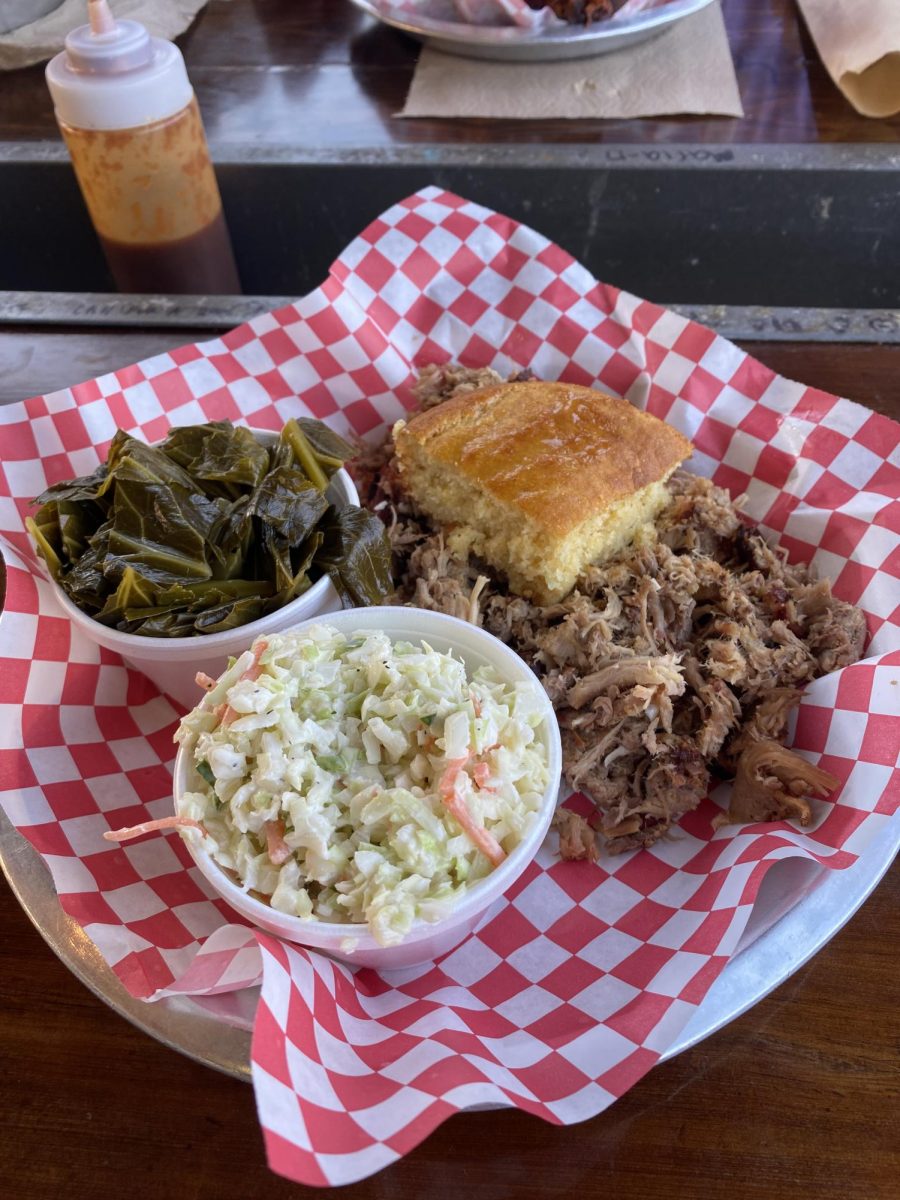What do these words all have in common: weed, pot, dope, grass, reefer, herb, Mary Jane? If you’re thinking they’re all slang for marijuana, you’re right! And if you said they’re all extremely dangerous for your health, especially for young people, you’re also right.
It may not seem that dangerous now; most college kids I know can be extremely high-functioning immediately after they smoke. They can go to class, club meetings, work out, etc; some even swear they perform better when they’re high. But that buzz has an extremely high chance of coming back to bite you in big ways, especially if you’re a regular smoker.
Now more than ever, weed is not only more accessible but increasingly becoming more dangerous. As of Nov. 8, 2023, 24 states have taken steps to legalize cannabis for recreational use, which may decrease risk perception amongst users; however, the potency of the drug has only increased over time.
According to a 2020 statement from the U.S. Surgeon General, “marijuana available in dispensaries in some states has average concentrations of THC between 17.7% and 23.2%. Concentrated products, commonly known as dabs or waxes, are far more widely available to recreational users today and may contain between 23.7% and 75.9% THC.”
Frequently consuming marijuana at this level of concentration is leading to more psychotic episodes, according to recent research. Even experiencing one psychotic episode can result in somewhat of a gateway effect to other, more serious health issues.
A 2017 study in the American Journal of Psychiatry found that suffering just a single psychotic episode following cannabis use was associated with a 47% chance of that person developing schizophrenia or bipolar disorder. This rate was higher than substances that are typically considered more dangerous, including amphetamines, hallucinogens, cocaine and alcohol.
Further, marijuana is becoming an increasingly popular option for college-aged adults as it becomes more easily concealable in the form of vaporizers. In fact, a recent study on the use of marijuana on Texas college campuses found that more than 26% of students have used it on campus.
As of fall 2022, almost 12% of U.S. college students who used cannabis at least once are now using it daily or almost daily in the past three months, according to a November 2022 report. Additionally, nearly 20% of students reported using marijuana within the past 30 days.
I get it. We all need a way to “unwind” after a long week of class, exams, work and just life itself. But weed is not the best and definitely not the only answer, especially here at Clemson University. Try taking a walk on the Dikes, going to one of the many sporting events, reading a book in the Amphitheater or visiting the Botanical Gardens. I promise there are many more safe and effective options for your weekly unwind.
Blake Mauro is a senior political science major from Montvale, New Jersey. Blake can be reached at [email protected].










